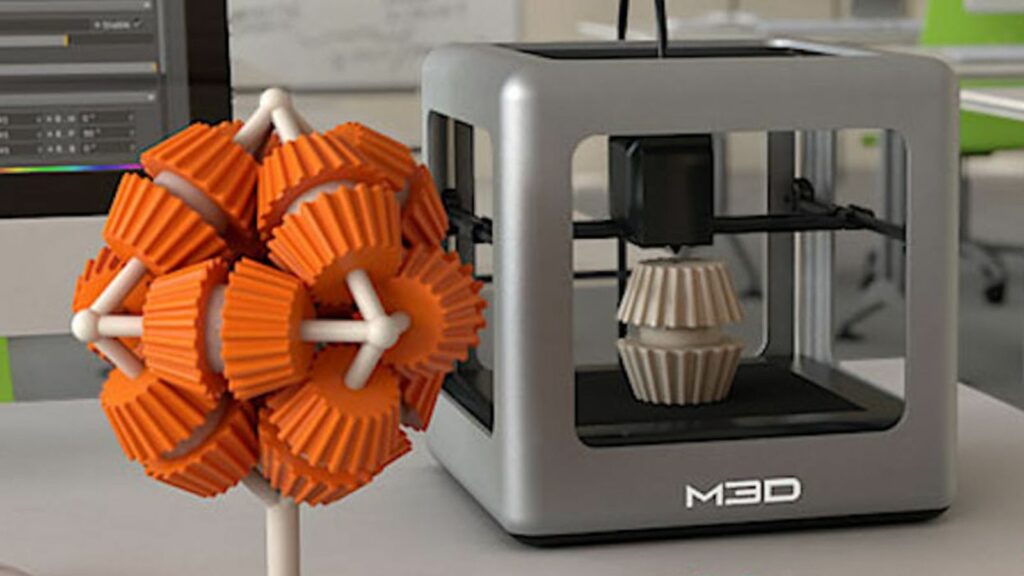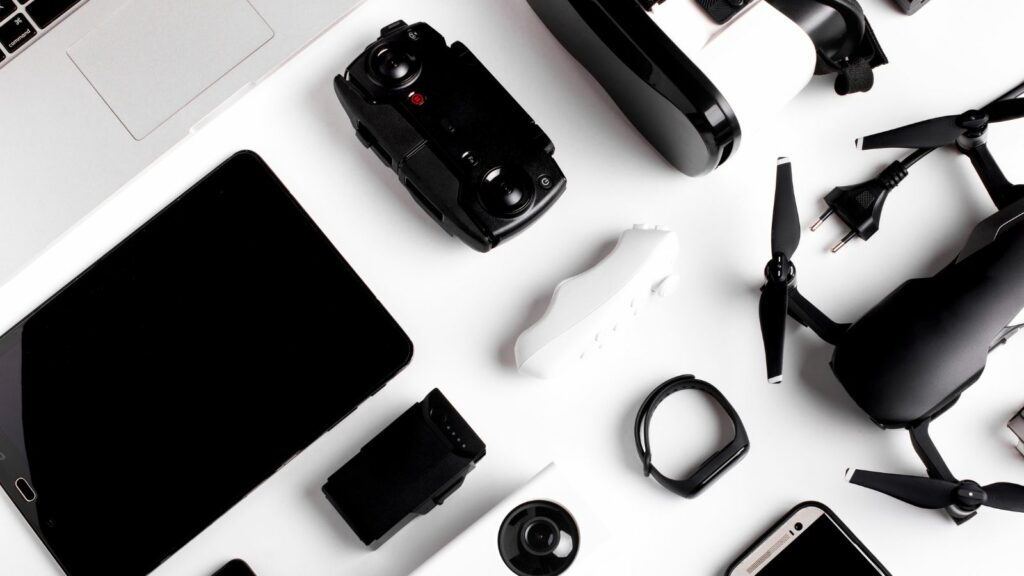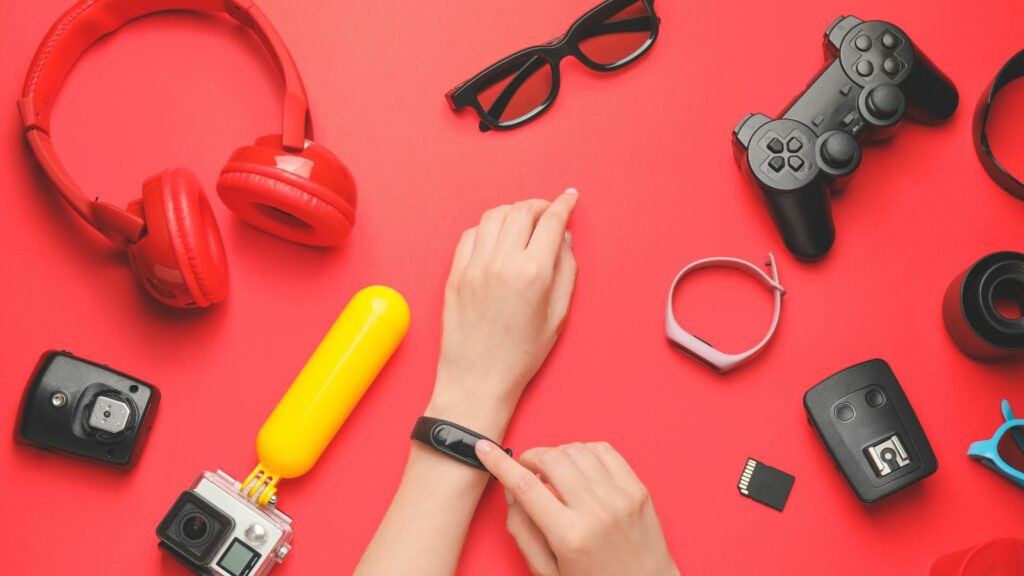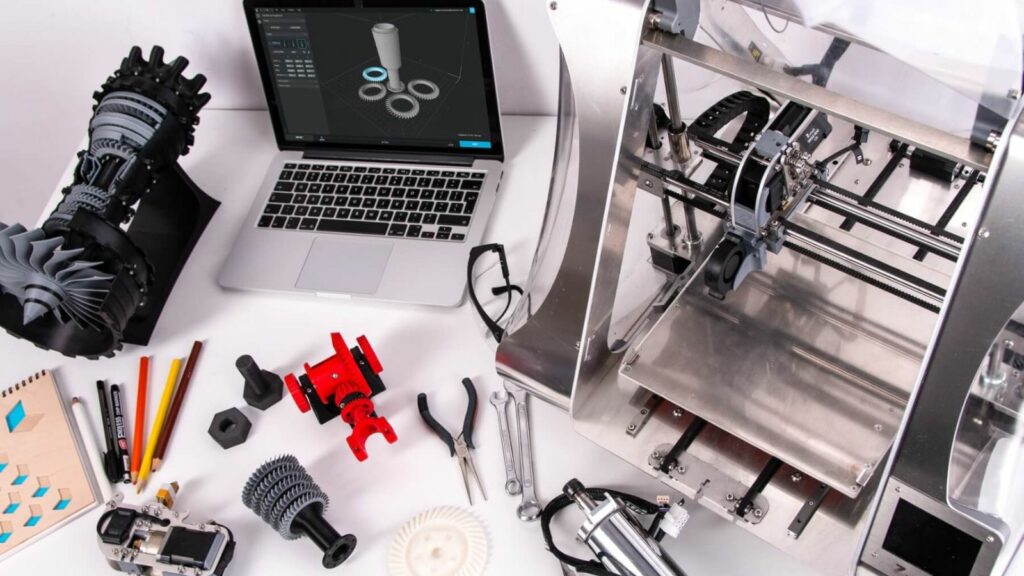In the realm of technology, 3D printing is revolutionizing how we create and conceive objects. From intricate jewelry to robust mechanical parts, the possibilities seem endless. One area where it’s making waves is in the world of gadgets.
The advent of 3D printed gadgets has not only democratized innovation but also sparked a revolution in design and manufacturing. This technology is empowering everyday inventors, turning wild ideas into tangible realities.
3d Printed Gadgets
The Rise of 3D Printers

As the invention of 3D printers took place, a tidal wave of possibilities engulfed an array of industries. Starting in the 1980s, these printers were primarily utilized for industrial purposes. However, the narrative soon shifted as hobbyists and interested consumers entered the market. Notably, in the 2000s, the expiration of key patents sparked exponential growth in the 3D printer market. Leaders in the industry, such as MakerBot and Ultimaker, emerged, offering a range of printers that catered to varying needs, be it affordability or advanced capabilities. The driving force behind this upward trend, specifically around the 2010s, was a strong consumer demand for customization and personalization in gadget creation. Consumers became creators, and thus the rise of 3D printers materialized.
Advances in 3D Printing Materials
Gone are the days when only plastic resins ruled 3D printing. Today’s 3D printers flaunt the ability to work with a diverse range of materials, broadening the scope of what one can design and produce. Materials such as metals, ceramics, glass, and even certain types of foodstuff, have revolutionized the 3D printing landscape. The pivotal point came with the emphasis on sustainability in the manufacturing sector. Biodegradable materials, like polylactic acid (PLA), took center stage. Not only did these materials broaden the horizons of what could be printed but also highlighted 3D printing’s potential in sustainability goals. As an example, some innovators use recycled plastic waste to produce filament for 3D printing. These advances in 3D printing materials made the space more versatile and capable of catering to a myriad of demands and ideas.
Overview of 3D Printed Gadgets
Advancements in 3D printing technology and the increasing diversification of printing materials have paved the way for the creation of a plethora of unique gadgets. This new era of manufacturing allows mass customization on an unprecedented scale. 3D printed gadgets, spanning a wide range of sectors, are now a considerable part of this wave of innovation.
What Are 3D Printed Gadgets?

3D printed gadgets are innovative items crafted using 3D printing technology. They take physical form from digital designs, layer-by-layer, in a range of materials as varied as plastic, metal, or ceramic. Let’s not forget other innovative materials like biodegradable PLA. This process, known as additive manufacturing, allows for intricate, custom designs that were previously impossible or expensive to create using traditional manufacturing methods.
From practical utility items to decorative art pieces, 3D printed gadgets run the gamut. They can be found in various sectors including healthcare, education, design, retail, and more. Offering creators an unprecedented level of control and customization, 3D printed gadgets play an instrumental part in the future of digital fabrication.
Benefits of 3D Printed Gadgets

The advent of 3D printed gadgets has ushered in substantial benefits for individuals and businesses alike. Ranging from customization opportunities to cost-effectiveness, 3D printing technology continues to revolutionize industries, resulting in innovative and functional objects.
Traditionally, mass production limited variation in design. With 3D printing, this limitation evaporates. Personalization becomes a reality, not a luxury. It allows for the creation of a wide variety of intricate and unique designs, with each piece customized as per the user’s need. For example, healthcare professionals now utilize 3D-printing technology for developing custom prosthetics, ensuring an optimal fit for patients. Equally, retailers sell bespoke, 3D printed phone cases that echo individual style and preferences. The ability to tailor gadgets isn’t merely about aesthetics; it enhances functionality, ensuring gadgets meet specific user requirements.

